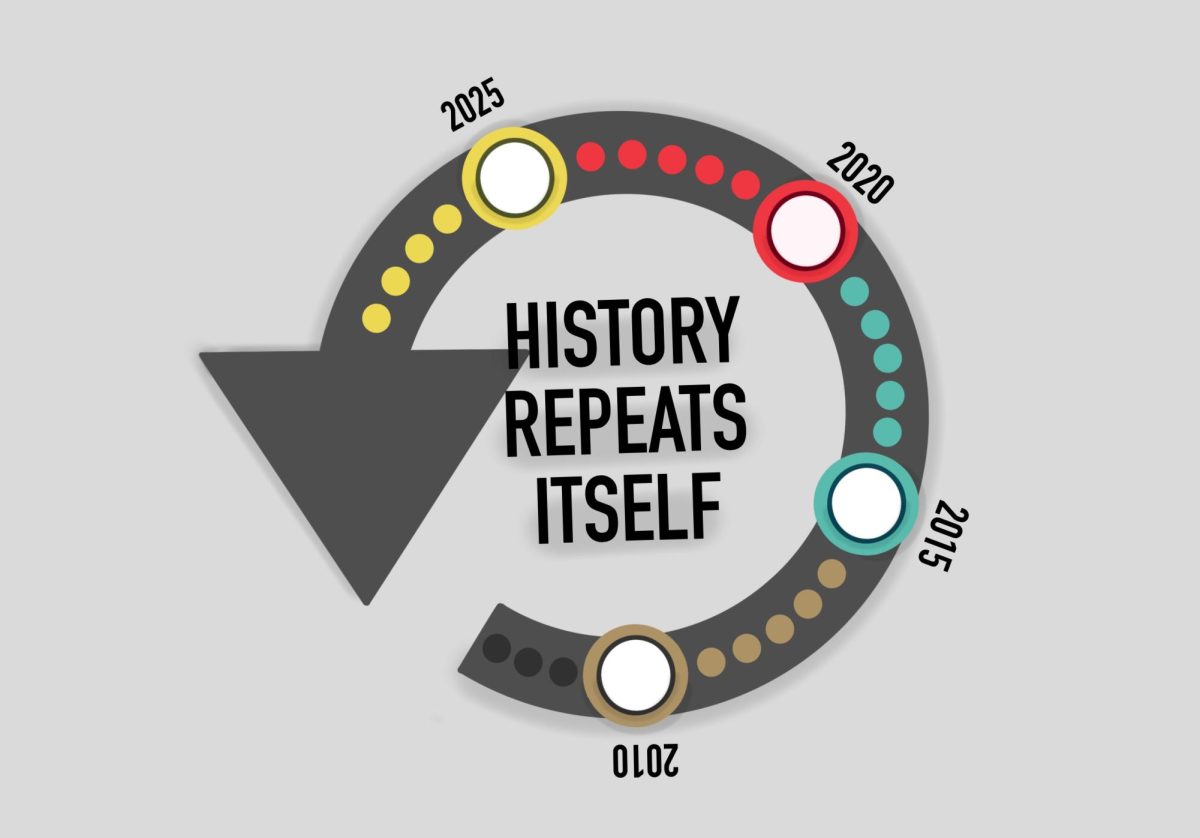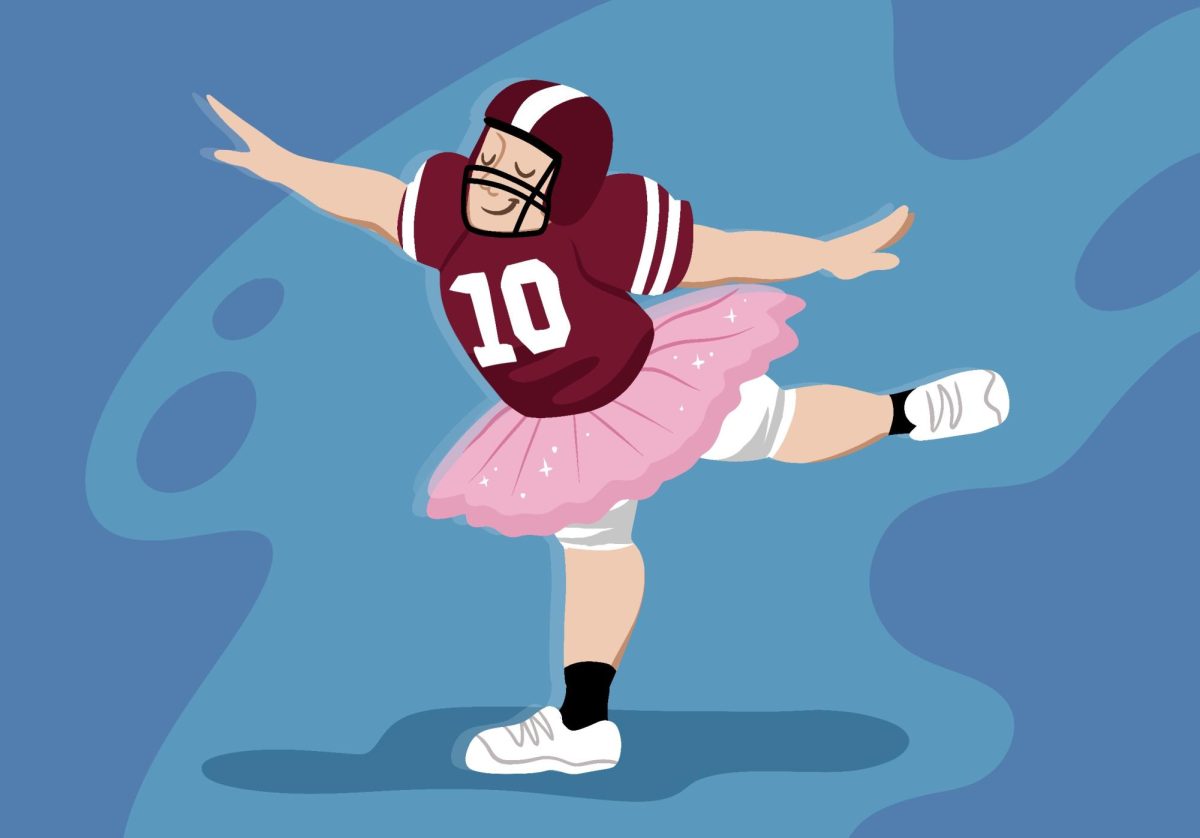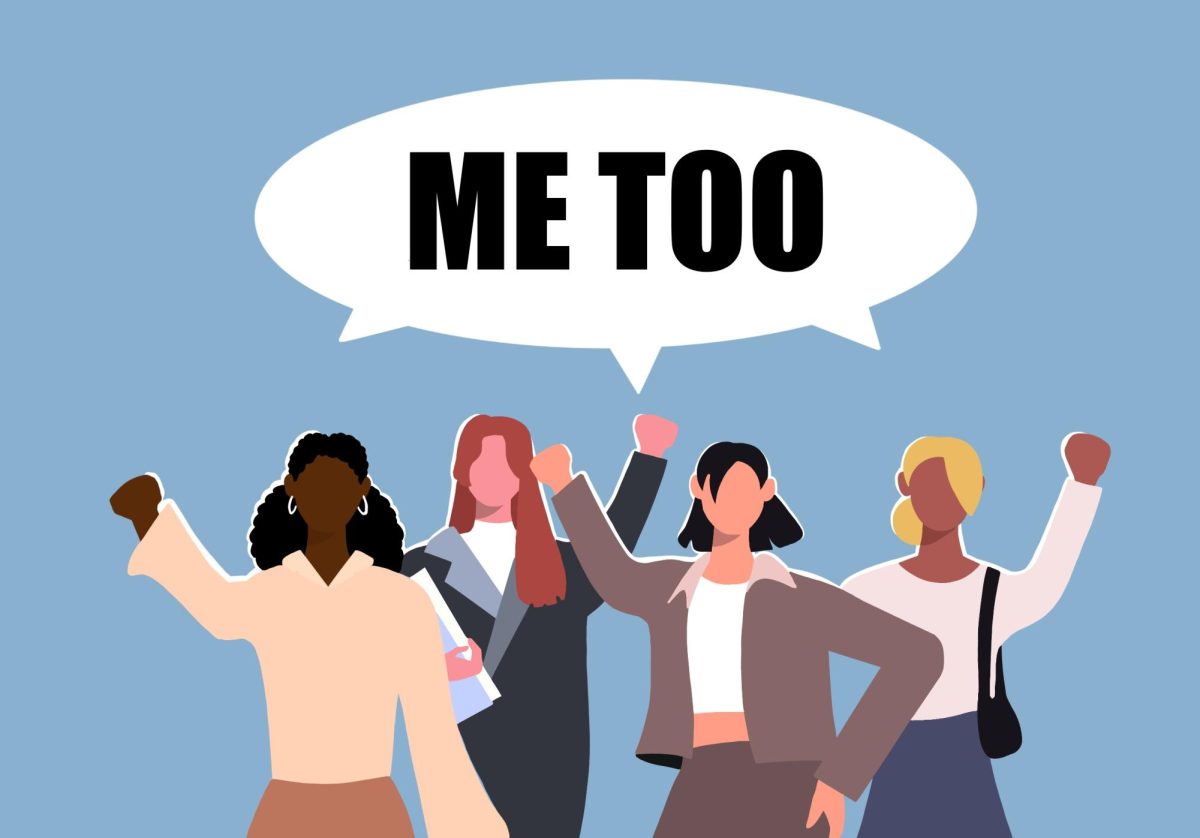As we’re acclimating to a post-pandemic world, we’re reverting to old body standards in an effort to regain normalcy. This comes as part of an effort to cope with the harsh readjustment as we attempt to make sense of a confusing world.
We’re all becoming more aware of our physical presences and bodies now that we spend more time in the real world than we did during the pandemic — which has led to an increased interest in dieting and thinness.
During the pandemic, we didn’t have to exist in a world that was so aware of our physical presence and appearance. For many, it was a break from societal expectations of beauty or normalcy. There were more pressing matters at hand.
It’s no coincidence that we’re returning to what we knew.
Celebrities such as the Kardashians, Oprah, Lana del Rey and Ice Spice have had drastic and often public weight loss transformations over the past few years.
People have resorted to exercise, diet, and in many cases, pharmaceutical interventions such as Ozempic to cope and seek control in a chaotic world still reeling from the pandemic. This search for control is echoed in the resurgence of health and beauty trends in full force.
Another element of this is the emergence and popularity of glucagon-like peptide-1, or GLP-1 agonist drugs like Ozempic and Wegovy — which many public figures have admitted to using. These drugs act as natural appetite suppressants by slowing the digestive process.
While the body positivity and neutrality movements were a reaction to the highly standardized thin ideals of the 2000s, the resurgence of thinness is a reaction to those movements.
The pandemic came on the heels of an extremely body-conscious decade. The dominant narrative around weight was characterized by discourse and ad campaigns geared toward a more diverse beauty standard.
During the 2010s, Ashley Graham made history as the first plus-size model to be featured on the cover of Sports Illustrated’s swimsuit issue. Clothing brands like Aerie and Savage X Fenty launched body-diverse mainstream ad campaigns.
Influencers posed in attempts to proliferate our feeds with rarely shared images of exposed stretch marks, cellulite and other physical attributes that would otherwise be edited out or dismissed as “imperfections.”
This came as a backlash to the thin ideals of the early aughts, where being underweight was considered the most normative and “ideal” body. The mainstream iteration of this body-positive school of thought came alongside the recognition that attaining and maintaining this standard was extremely time-consuming, difficult, unhealthy or even impossible for a lot of people.
There was a real movement to glamorize a variety of body types.
This logic continued through the pandemic, where body neutrality was popularized online. This simultaneously built upon and criticized body positivity.
The idea behind body neutrality was not about pivoting the societal standards to be more inclusive but to reject the idea of a standard at all. The goal is to decouple one’s inherent value and accordance with societal beauty standards.
When someone spends most of their time inside, away from social interaction, their attachment to societal standards can change. Social media can warp peoples’ perception of the world, especially when people have little to no contact with the world to begin with.
Sarah Weaver, a third-year student at the University of Minnesota, said her experience of beauty standards was heavily shaped by social media due to lockdown isolation.
“While we were in the pandemic, it was all social media-centric,” Weaver said. “Since you weren’t seeing anyone, that was your source of interaction with other people.”
It comes as no shock that this sort of thinking was popular during a time when many people were stuck in the house with fewer avenues for exercise or physical activity than before. Weight gain was a common experience during the pandemic.
Katie Loth, an associate professor in the Department of Family Medicine and Community Health at the University, said concern regarding pandemic-related weight gain came as a result of the sedentary lifestyle many lived during the lockdowns combined with the popularity of home cooking.
“People spent more time at home and they weren’t going to the gym,” Loth said. “I think when people spend more time at home, they often spend more time eating and snacking and kind of preparing food.”
Were people less concerned about societal beauty standards because of body neutrality, causing them to gain weight? Or did body neutrality gain popularity as beauty standards fell to the wayside during a difficult time? It’s a chicken or egg sort of question.
Loth attributes a lot of the diet-and-exercise resurgence to people seeking to lose the weight they gained during lockdowns.
“I feel like there’s been a lot of emphasis on ‘Hey, if there was unwanted weight gain during the pandemic, here’s ways that you can combat that with dieting or exercise or things like that,’” Loth said.
There’s a large sentiment of wanting to undo the effects of the pandemic, understandably. We’ve been thrown into an entirely new world after a pandemic, widespread social unrest, economic issues and a world more dependent on technology than ever.
On top of all the new developments, there’s been a learning curve of not only navigating these changes but a reintroduction to society after it shut down for almost two years.
We’re not only nostalgic and reverent of the time before our entire world changed for good, but we’re scrambling to find a way to adapt to the new world we’ve inherited.
As a result, we seek to control one of the only things we can — our bodies.
We want to exert control and certainty onto our physical existence by changing our appearance through regimen and by enforcing the strict expectations of thinness to undo a modicum of the impact the pandemic had.
Body trends don’t happen in a vacuum. Knowing where they come from on a larger scale can aid us in our collective journeys toward creating a home for ourselves in our bodies, whatever that may entail.














